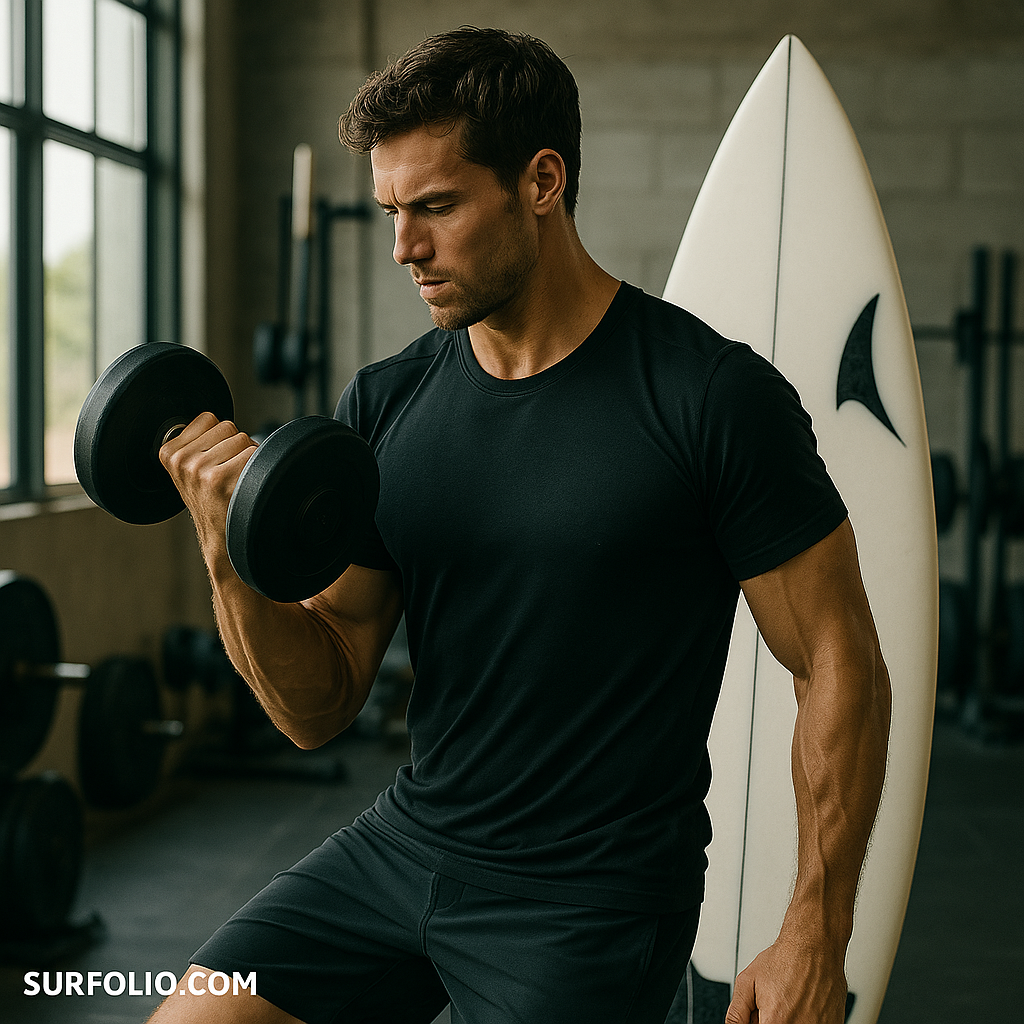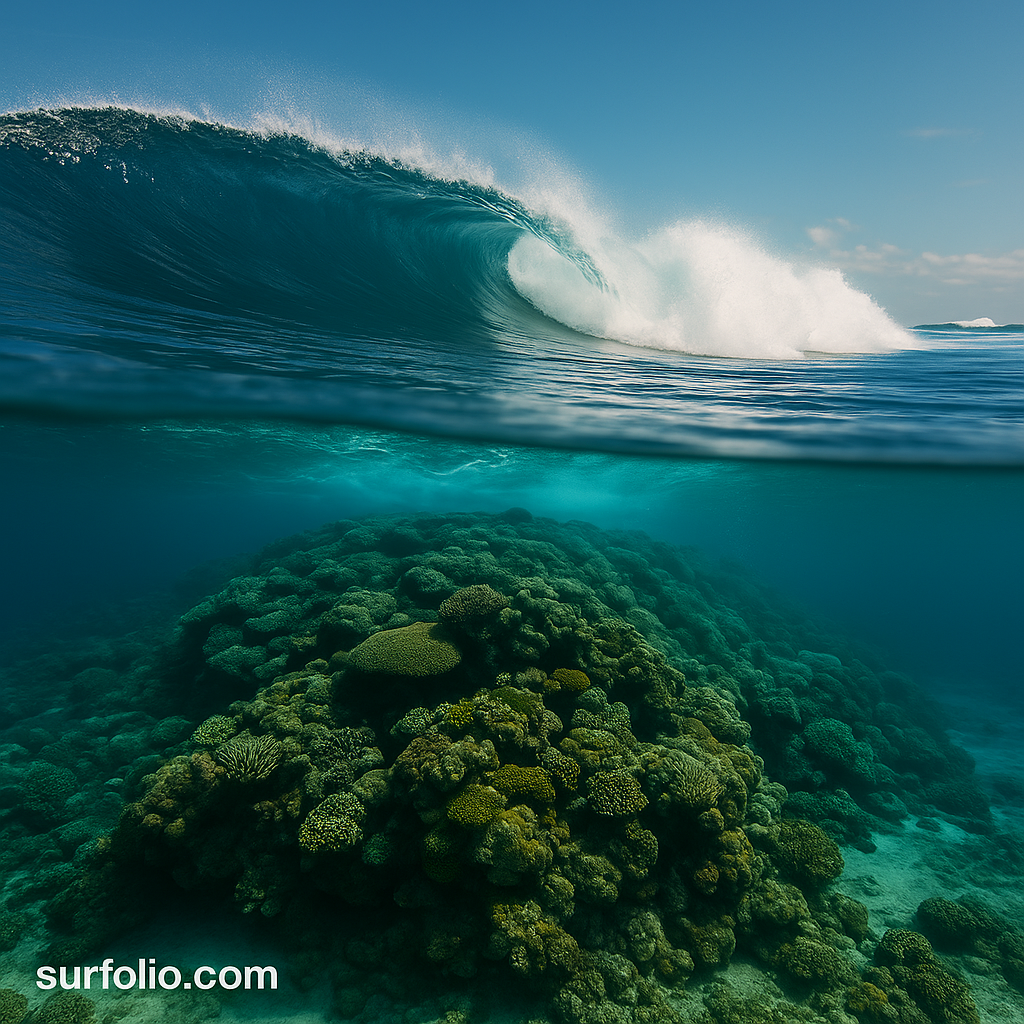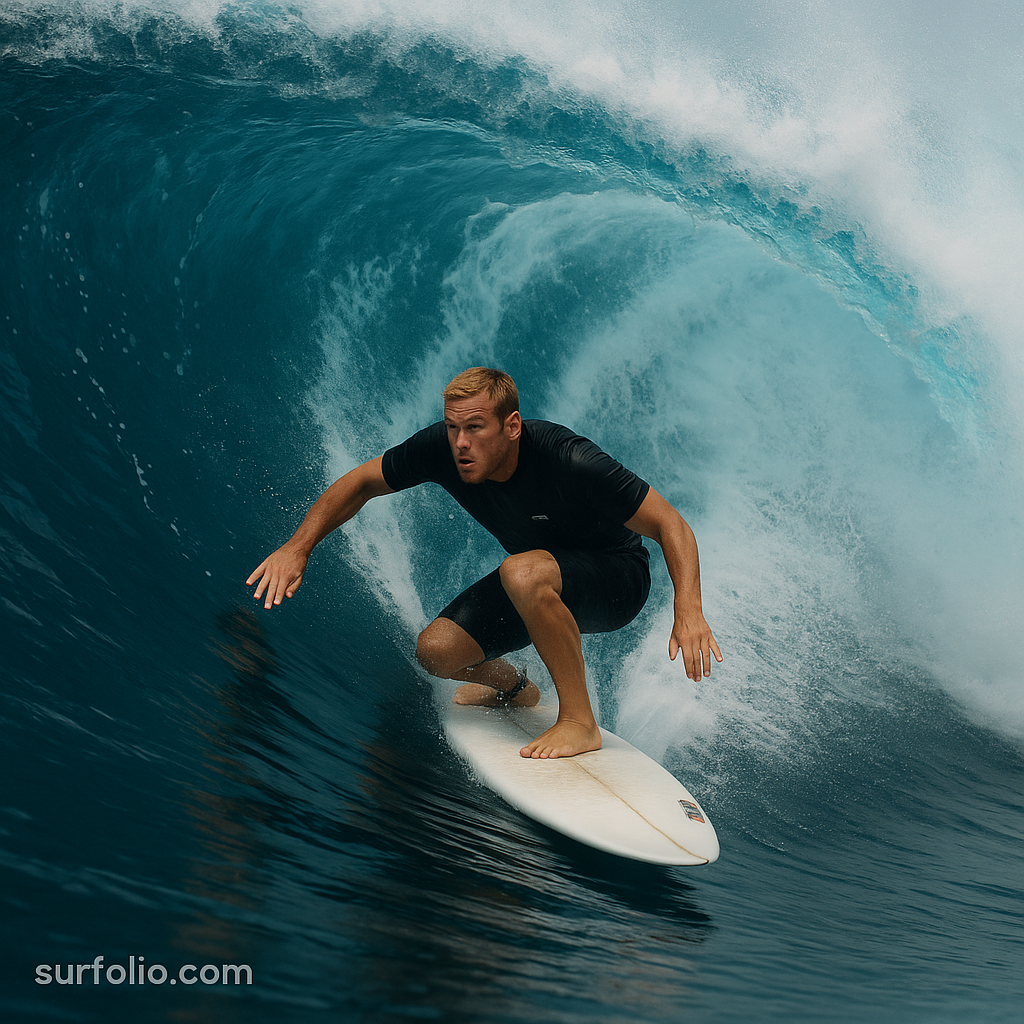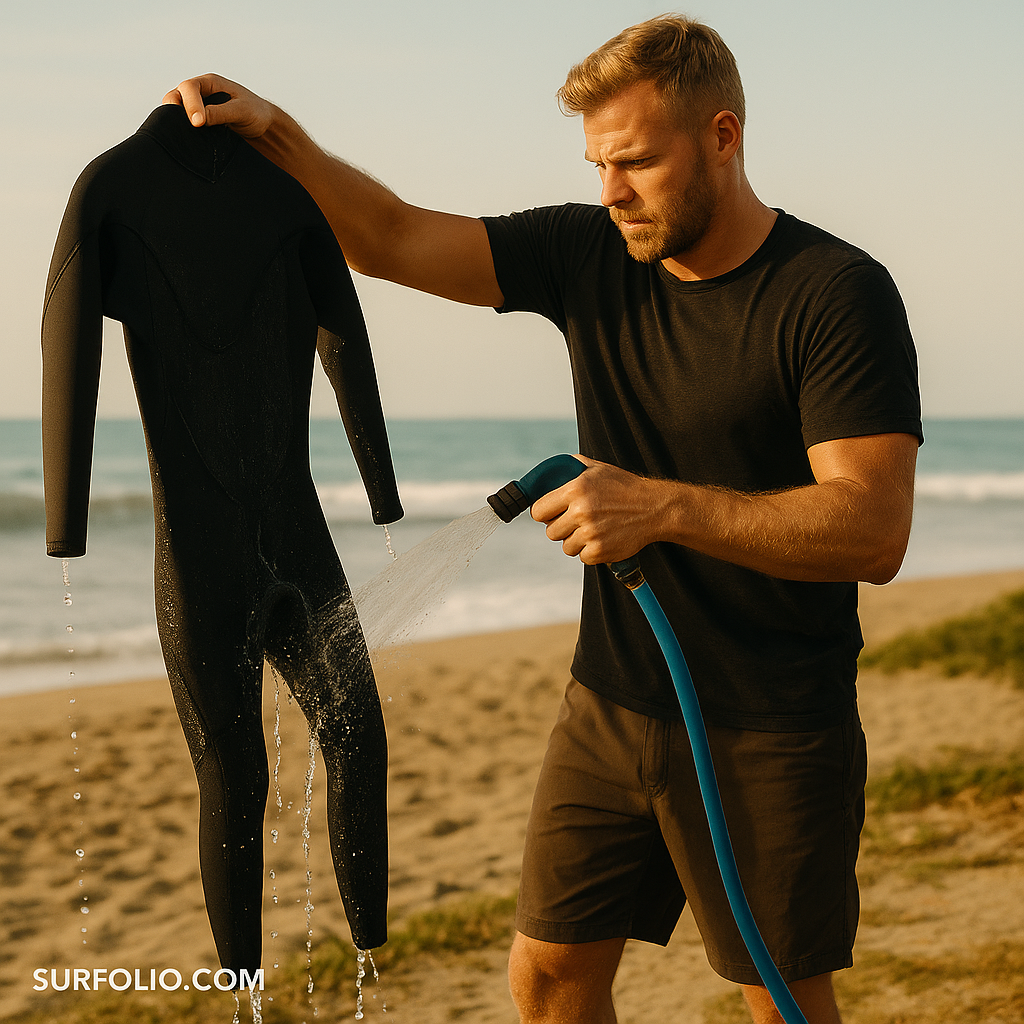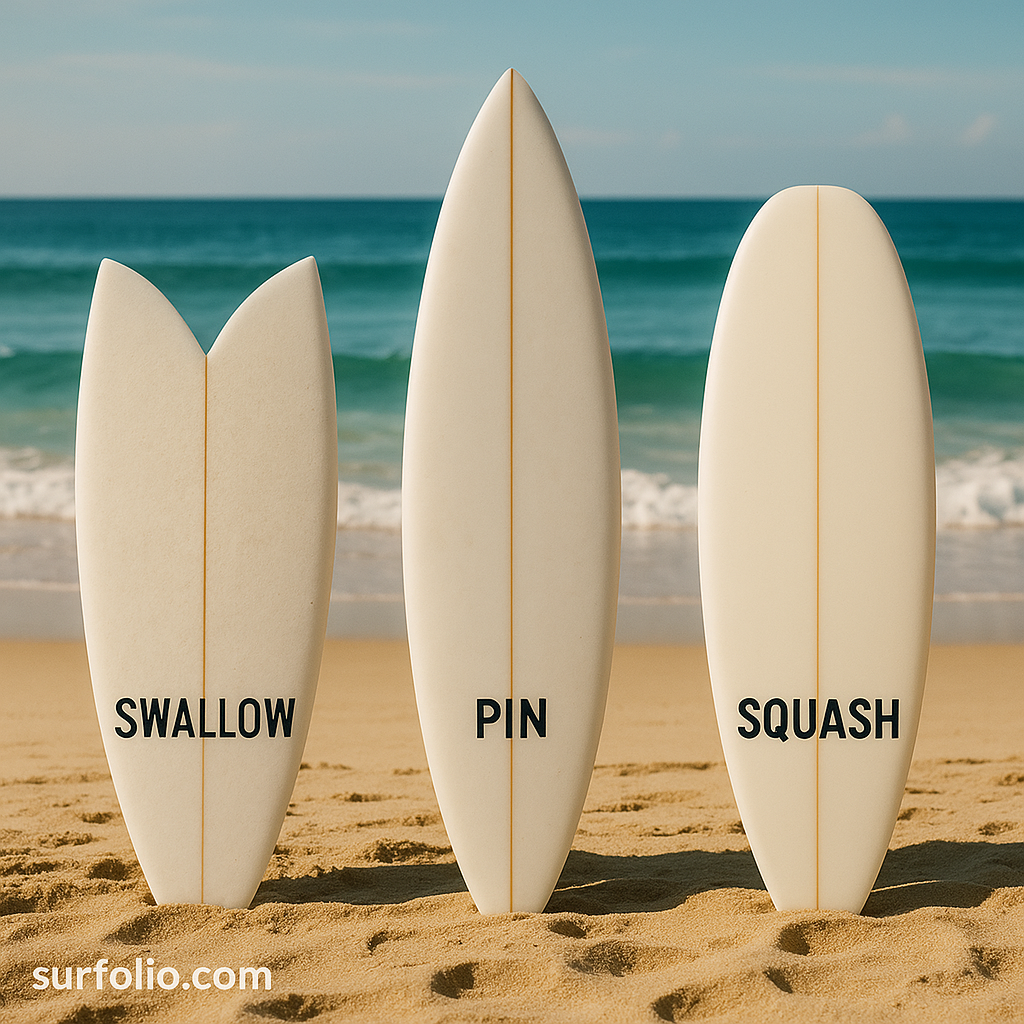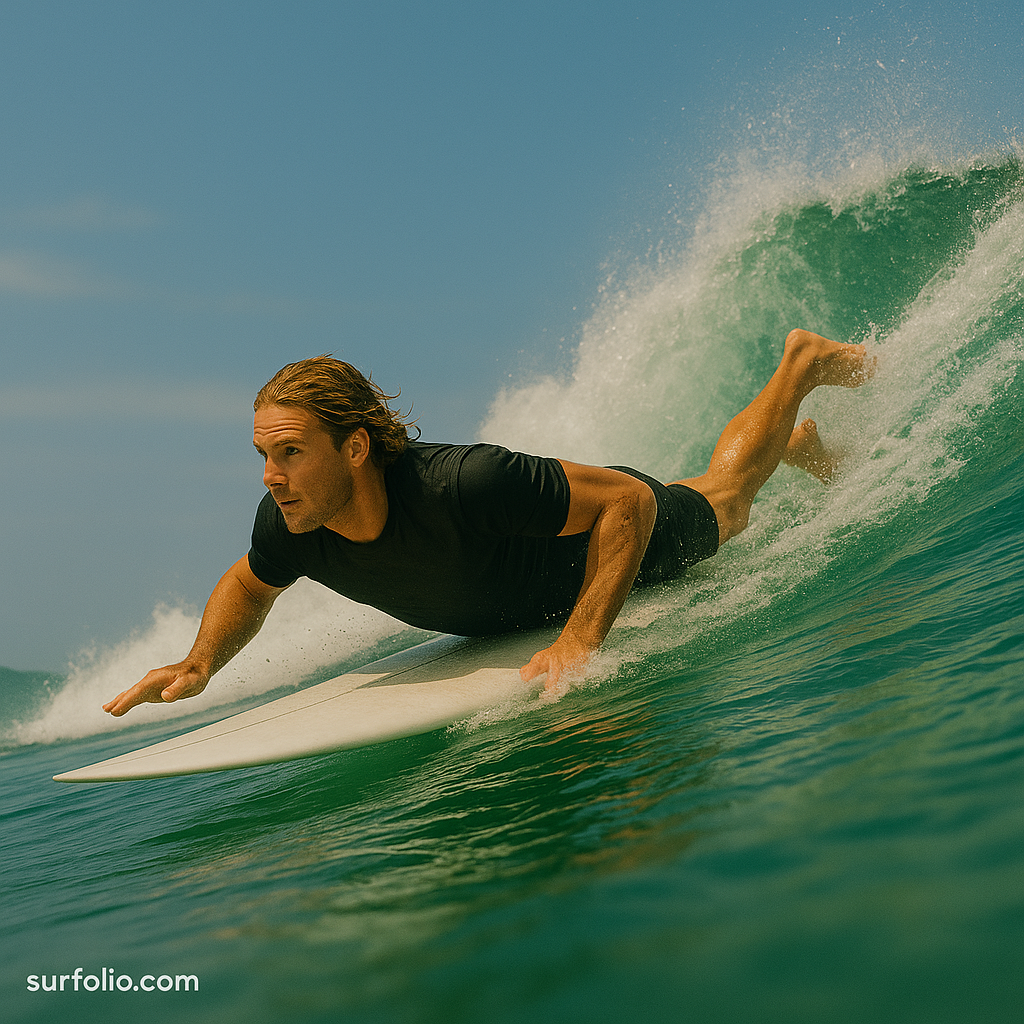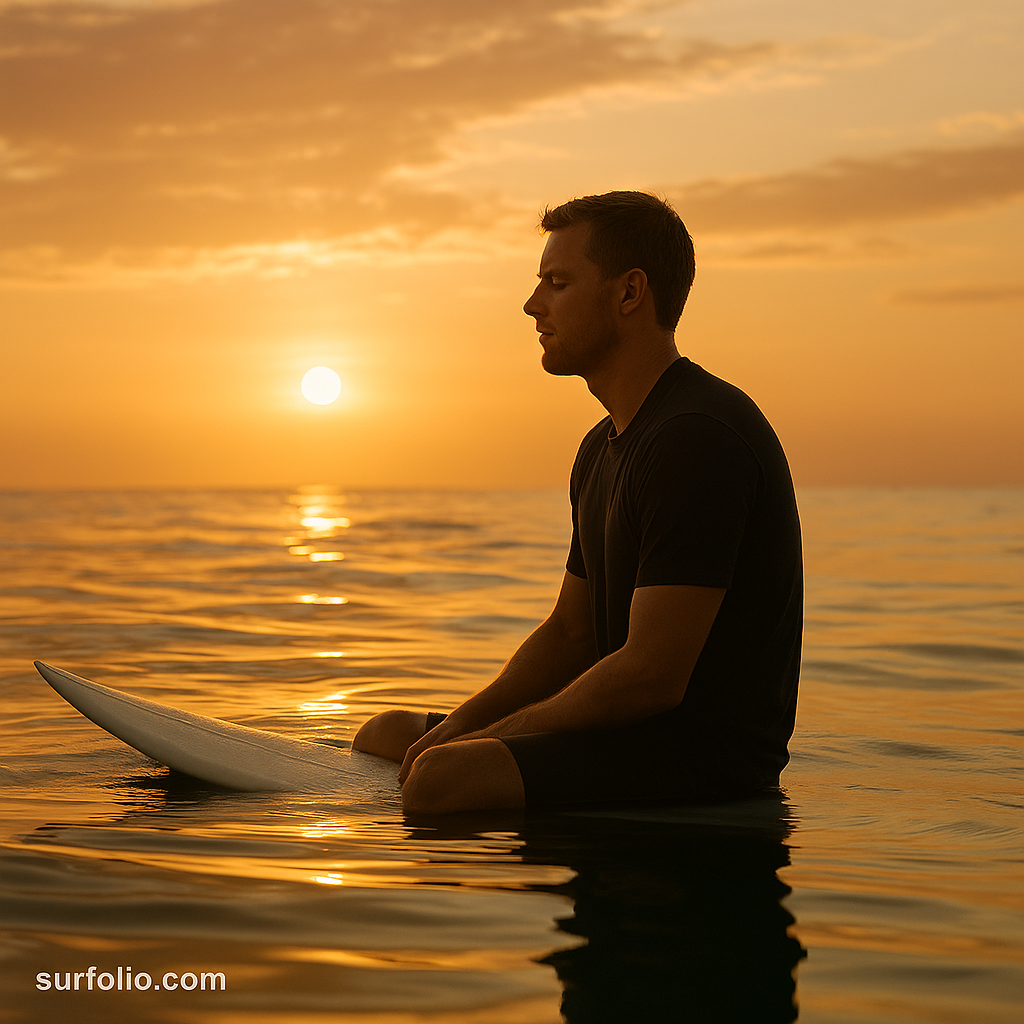
When the waves go flat, surfers still crave the glide. That’s how skateboarding was born—an evolution of surfing that brought wave-riding energy to concrete streets. The connection between surfing and skateboarding runs deep, shaping not just a sport but an entire subculture defined by freedom, creativity, and rebellion.
Continue reading “How Surfing Influenced Skate Culture”
